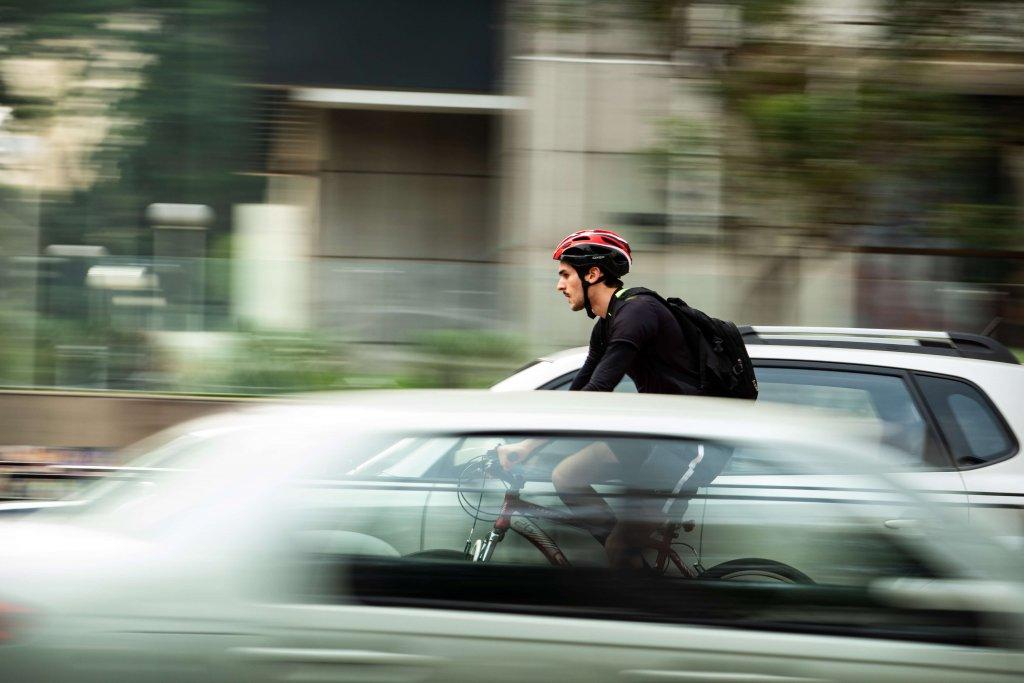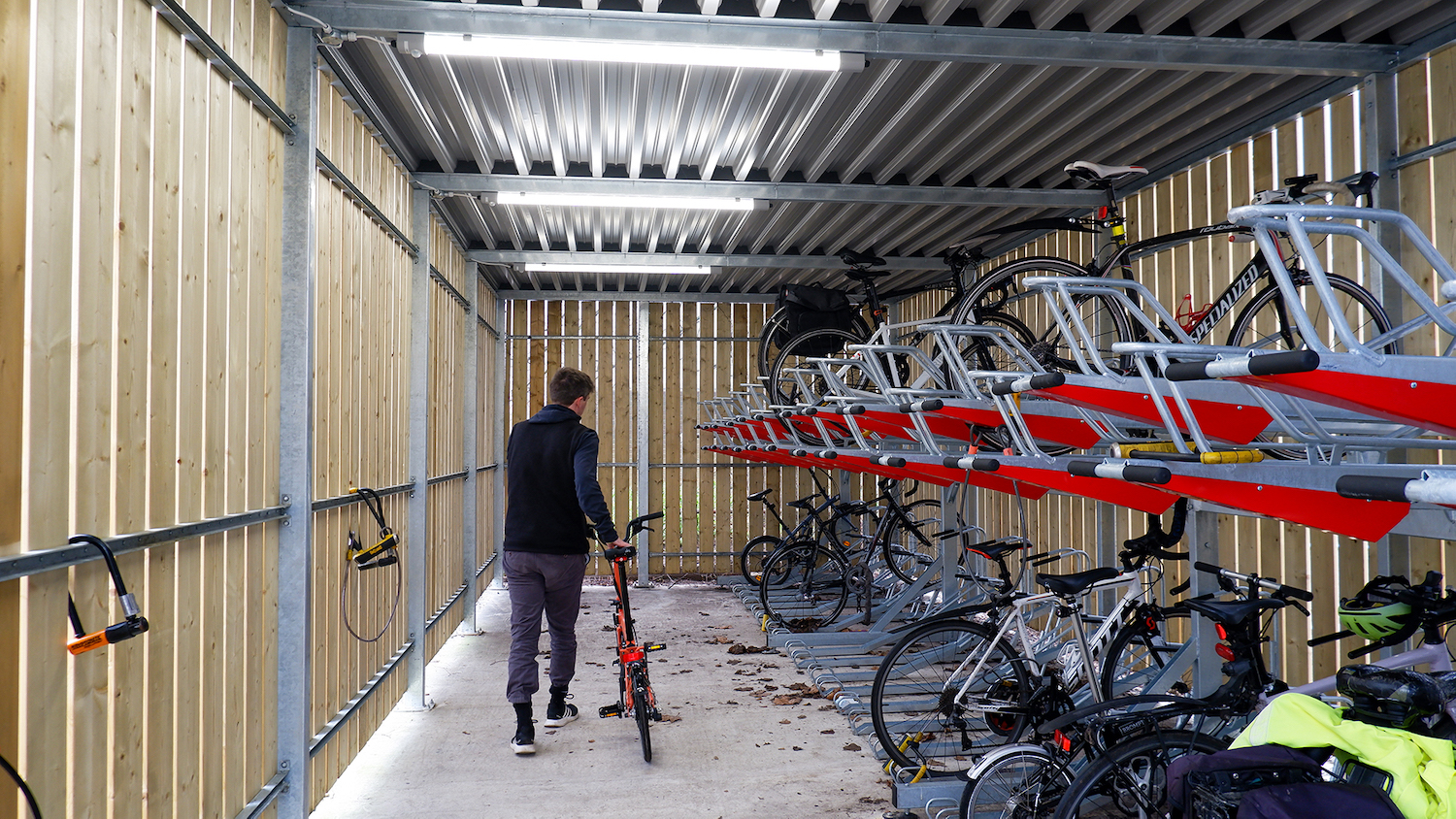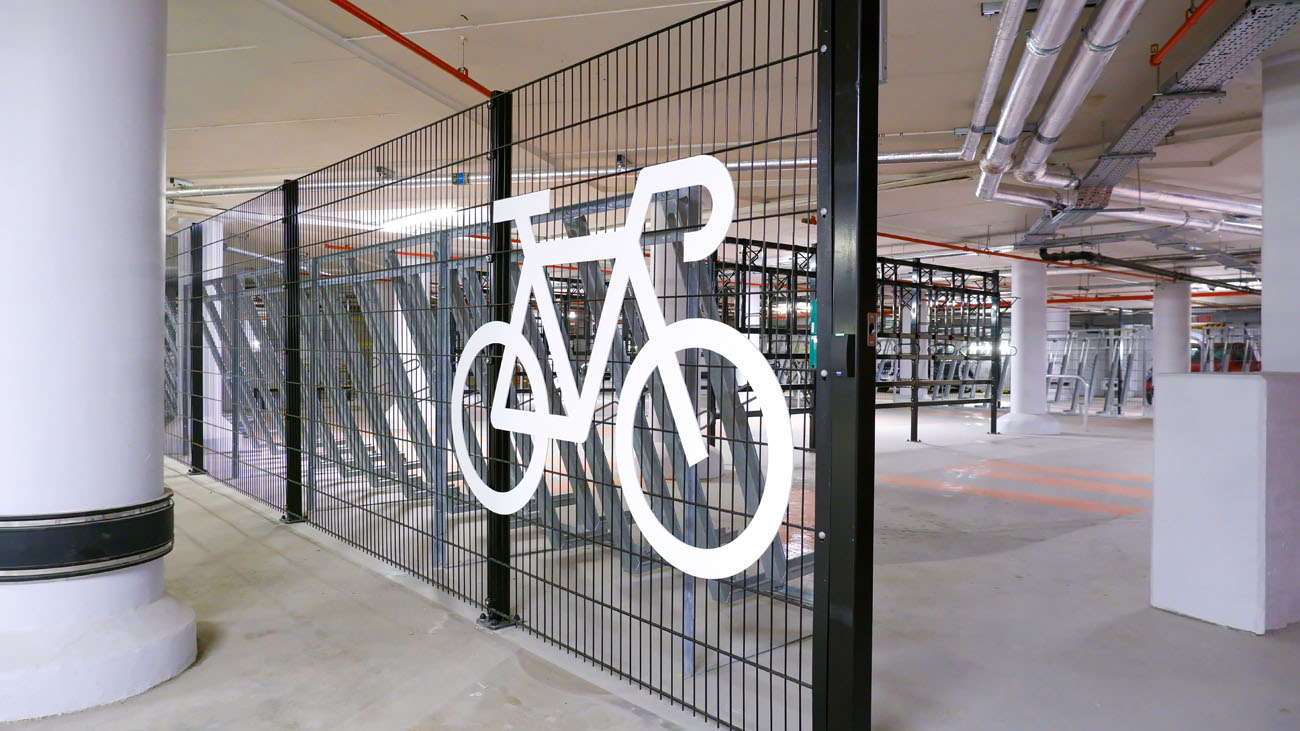If you live in the city and want to start cycling, you may be weighing the rewards against the risks. Of course, there is a risk of injury any time you cycle, but city cycling often gets a bad reputation, what with the higher number of cars, lorries and pedestrians to deal with.
However, cycling in London is actually statistically very safe, as long as you follow the rules. So, with that being said, what are the main dos and don’ts of city cycling?
Know where you can and can’t cycle
Knowing where you can and can’t cycle in the city is one of the main ways of reducing the risks of collisions.
Pavements are for pedestrians only, unless they’re marked for use by cyclists.
If you do happen to be cycling on the pavement and have a collision with a pedestrian, you will always be liable (even if it was the pedestrian’s fault) because you shouldn’t have been riding on the pavement in the first place. This is also a reason why all cyclists should have cycle insurance, especially if you’re going to be cycling in the city regularly.
In London especially, the creation of many new cycle lanes means there are often designated routes for cyclists to utilise.
If you’re riding in a segregated lane shared by cyclists and pedestrians, ensure you stick to the side intended for cyclists. Also, remember to be considerate of other lane users, especially older adults, disabled people and young children.
Be vigilant when it comes to other vehicles
Although most motorists are accommodating of cyclists, it’s still vital that you keep your wits about you when it comes to other vehicles.
Just like when you’re driving, signalling clearly and correctly is the best way to warn other road users of your intentions.
Learning the necessary hand signals (arm extended right for turning right and left for turning left) is an excellent way to ensure both your own and other motorists’ safety.
Always leave extra space for lorries and parked cars, and take care when passing lorries on the left-hand side. Due to their larger blind spot, they may not be able to see you, so you should always assume that they can’t, to be on the safe side.
Also, remember to take your time when crossing tramway tracks. You should also always come off and push your bike at level crossings if a ‘cyclist dismount’ sign is displayed.
Get the right gear
Even if you’re cycling on your commute, that isn’t an excuse to not be wearing the right gear. If it’s wintertime, make sure you wear bright, reflective clothing and invest in lights for your bike. If you’re wearing dark clothes and have no lights, then there is no way other road users will be able to see you.
And finally, just as your parents used to tell you: always, always wear a helmet. It could save your life if you’re ever involved in an accident.
All in all, if you keep your wits about you and follow the basic safety rules of inner-city cycling, you won’t be able to go far wrong. Your safety is essential, but once you have reached your destination, so is your cycle’s. Make sure you lock up at a secure bike rack and leave your bike knowing it will be there when you get back. If you’re looking for any help or guidance, finding the right storage solution for you, get in touch today.





